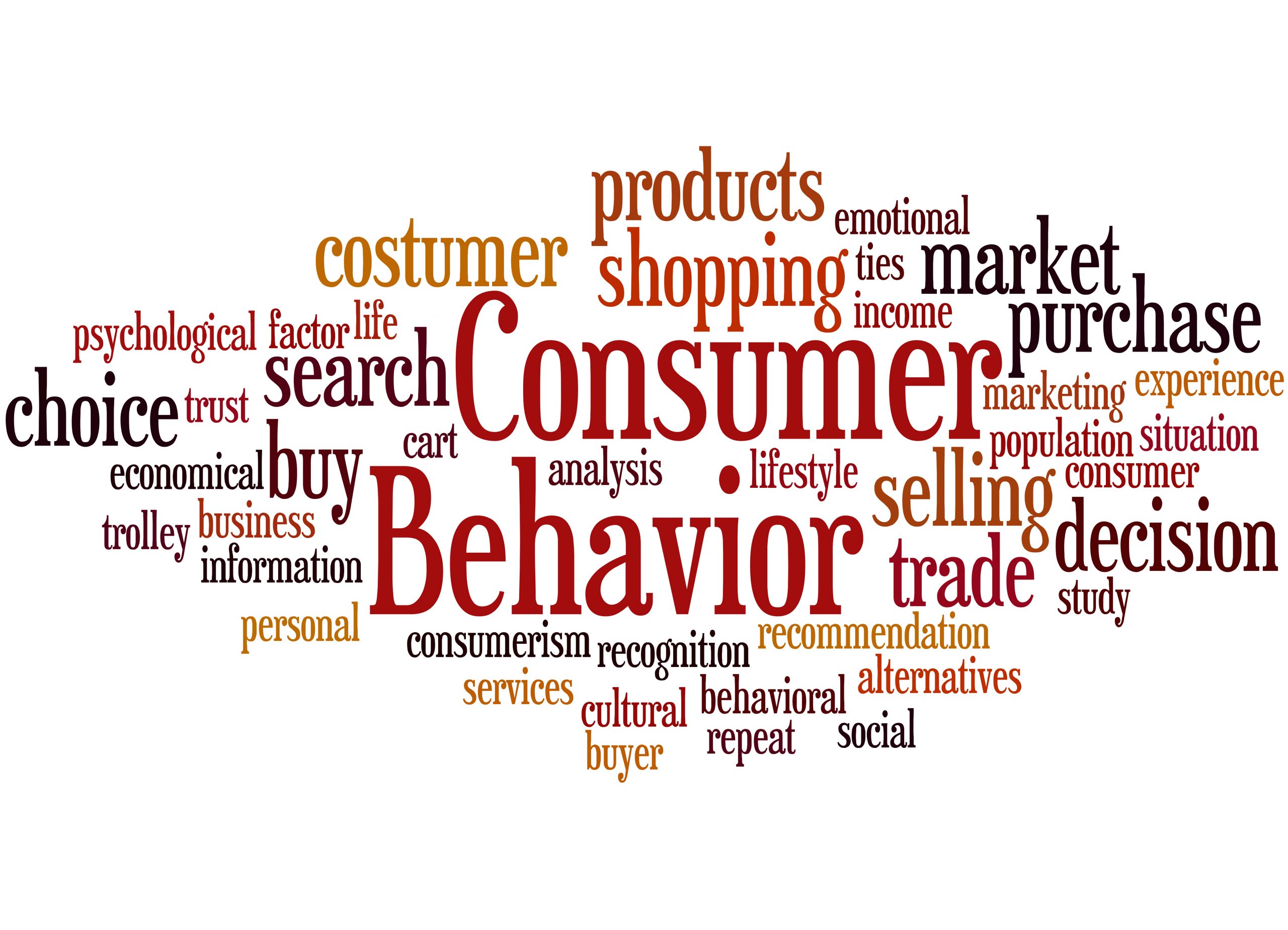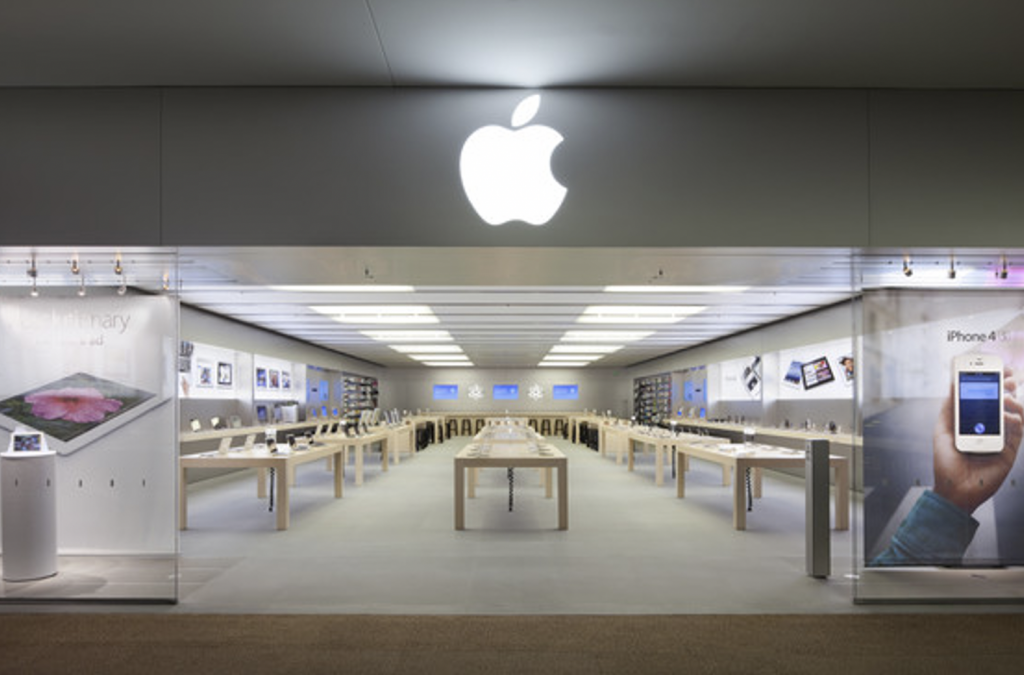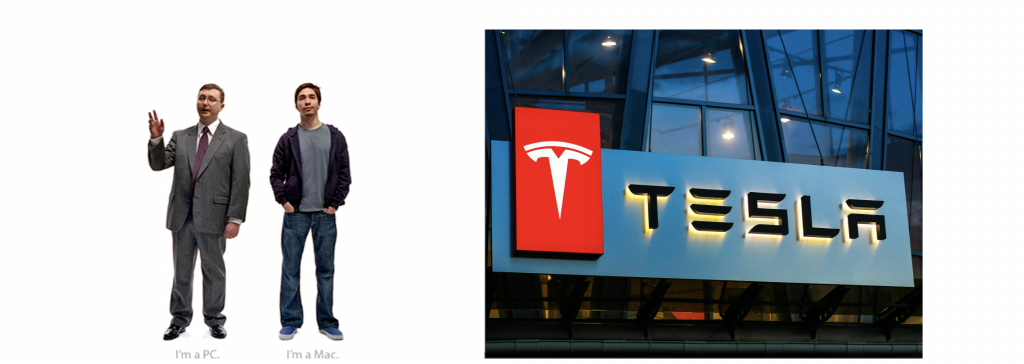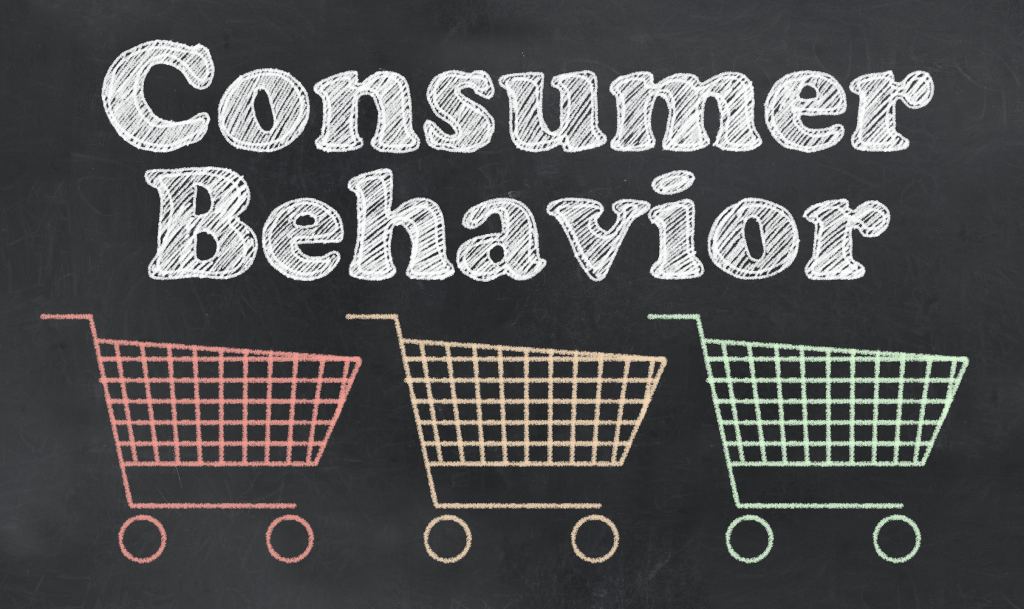Last week we discussed a model that helps us to understand consumer behavior.

You may recall our conclusion that consumer behavior makes sense and that consumers:
- Try to avoid making the same decision twice
- Establish a general set of beliefs and apply those beliefs liberally
- Avoid re-thinking all but the most pressing decisions
This week we’ll review the marketing, advertising, and product implications of these consumer behaviors.
Before I begin, I want to again thank Jim Bangel, a distinguished career executive at Procter & Gamble, as this essay draws heavily from Jim’s work. I knew Jim as a product scientist; later in his impressive career he spent decades as the “P&G storyteller”.
The following is a guide to how CMOs and agency leaders can use the principles of consumer behavior with their teams to create better consumer-centric plans.
Existing Products
Remember we mentioned that consumers try to avoid making the same decision twice? If our product is an important part of a consumer’s routine purchase behavior, we must be sure that nothing we do triggers a customer to re-examine their decision.
This means:
· No product or service failures; for example, every time a cell call drops, the user may consider re-thinking their wireless provider…

· No price increases; cable price increases created a window for satellite TV and OTT streaming services…

Now – before a bunch of general managers start screaming about their P&Ls – I understand that some pricing action is unavoidable. Commodity prices can sometimes escalate rapidly. My point isn’t meant to oversimplify complex business decisions as much as it is to highlight the risks involved in price increases and to encourage that teams ensure increases are both rare and carefully managed.
· Ongoing marketing support, social communications, advertising, and product improvements; as consumers, we like to be reminded that we made a fine initial decision to include products in our consideration set – and so we should reward our customers with more and more validation…

New Products
New products yield special consumer challenges to marketers.
If you have a new product that is not a part of the consumer’s routine purchase behavior, then you absolutely must do something truly substantial to overcome consumers’ protective barriers.
Remember – they have already made their decision about what brands are in their consideration set, and if your brand isn’t in that club it is hard to get in. Too often we delude ourselves into thinking that a “me too” product or service will get its fair share. It won’t. Success requires a significant advantage on a key consumer need.
And we can’t stop there. We need to do other things to make sure we get our new product through the maze to consumers:
1. Our message must be hearable. Got milk? Is there anyone that doesn’t identify with that message? Our advertising message must be one of the handfuls of thousands the consumer sees each day that does attract attention, does get listened to, and does stimulate an interest to try and believe. Think of messages that changed entire industries like Nike’s “Just Do It”, Apple’s iconic advertising, and Dove’s long-running Real Beauty campaign:

2. Products need to be try-able: inexpensive, easy, and riskless to experience – like the amazing hands-on experience in an Apple store:

3. Our advantages must be recognizable; that is, either anyone using the product can readily perceive the advantage (like the impact Blackberry had visually years ago and how clear the advantages of an iPhone are today at a glance) or we can sell the point some other way (ala Crest historically using the American Dental Association endorsement);

4. The product must be compatible with consumers’ established ways of doing things as consumers’ protective barriers do not allow for much experimentation or adoption of foreign things; Facebook is a better way to share and connect online; Netflix beat the heck out of renting, and Twitter appeals to the vast number of text messaging addicts that have emerged;

5. Finally, the product must have positive user images associated with it; no matter how well we do in these other areas, the product will fail if consumers believe using the product/service would reflect poorly on them.
Consider the brilliant Mac versus PC spots and badge of honor it is to own Apple products, or for many boomers to drive a Tesla.

This discussion, of course, represents just a starting point towards developing an understanding of consumer behaviors: I encourage you to read, listen, experience, and observe consumers and develop your own framework.
Consumer Behavior Makes Sense
Let’s review what we’ve discussed:
Consumer behavior makes sense. Consumers:
- Try to avoid making the same decision twice
- Establish a general set of beliefs and apply those beliefs liberally
- Avoid re-thinking all but the most pressing decisions
To maintain a customer, your defenses must be on guard to avoid prompting your users to ever re-think their decision to use your brand:
- No product or service failures
- No price increases
- Ongoing marketing support
To grab new users you need to do something really special to cut through the clutter and gain their attention:
- The message must be hearable
- Products need to be try-able
- Advantages must be recognizable
- The product must be compatible with the user’s lifestyle
- The product must have positive user images associated with it
This discussion, of course, represents just a starting point towards developing an understanding of consumer behaviors.

I encourage you to read, listen, experience, and observe consumers. Develop your own framework and philosophies regarding consumers and their behaviors. No matter what role you have in marketing, advertising or R&D, you will be well served by having a handy set of principles that explain most consumer behaviors and decisions. Such a framework will serve you well and help you to serve your customers well.
Steve Boehler, founder, and partner at Mercer Island Group has led consulting teams on behalf of clients as diverse as Zillow Group, Microsoft, UScellular, Nintendo, Ulta Beauty, Stop & Shop, Qualcomm, Brooks Running, and numerous others. He founded MIG after serving as a division president in a Fortune 100 when he was only 32. Earlier in his career, Steve Boehler cut his teeth with a decade in Brand Management at Procter & Gamble, leading brands like Tide, Pringles, and Jif.